VATICA DAHLIA: RITES
VATICA DAHLIA : RITES // San Francisco, CA // January 14th 2014 from Vatica Dahlia on Vimeo.
Opening August 30th, 7-11pm. Doors 7:00pm | Performances 7:30pm [SOLD OUT] & 9:30pm
"Ritual is the primary method of programming the human organism."
- Sam Webster
Much like creating a piece of software, a ritual is crafted procedurally and when compiled correctly, there are results based upon what constituted the contents of the procedure. Vatica Dahlia's Rites is a custom time-based system designed to port, compress, and obfuscate the Knowledge that has been handed down throughout the ages by the mages, sages, shamans, and initiates. Structured into ten distinct Chapters, each element utilizes a combination of networked performance, spatial sound, projection-mapped architecture, fashion, and ceremonial magic as a vehicle for transmutation and transmission.
Vatica Dahlia is artist, environmental systems designer, and a Magister of Ceremony. His work focuses largely on the various uses of ritual in reprogramming the human psyche. Vatica Dahlia's performances utilize signal processing, immersive media, Hermetic techne, and algorithmic design principles as a means of probing low-level aspects of the human constitution.
Project Team:
Cullen Miller - Project Lead, Audio
Gabriel Dunne - Sculpture Design, Fabrication, Projection
Stephanie Sherriff - Production, Fabrication, Installation, Secret Weapon
Lara Grant - Fashion Design
Ryan Alexander - Table Design
Special thanks to:
Barry Threw
Mary Franck
Keith Pasko
Daniel Screen

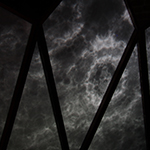
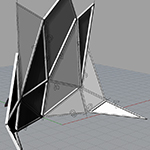
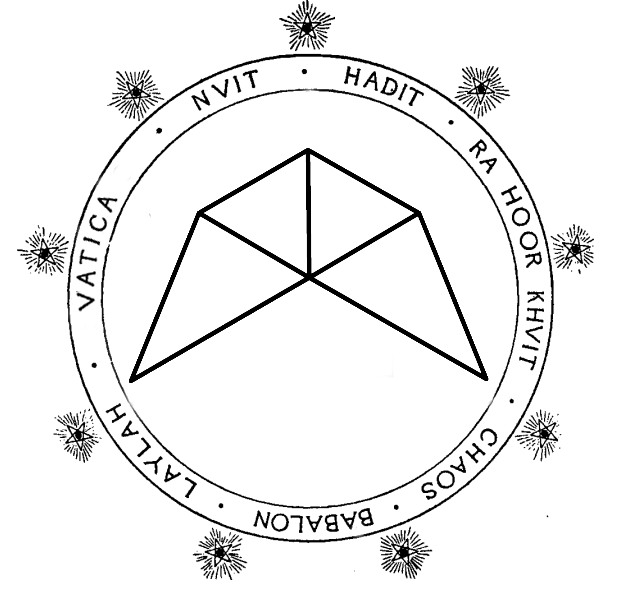
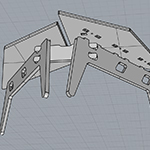
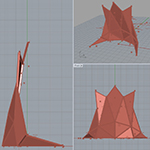
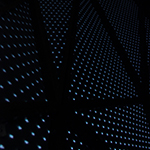
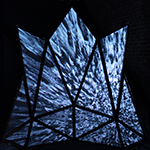
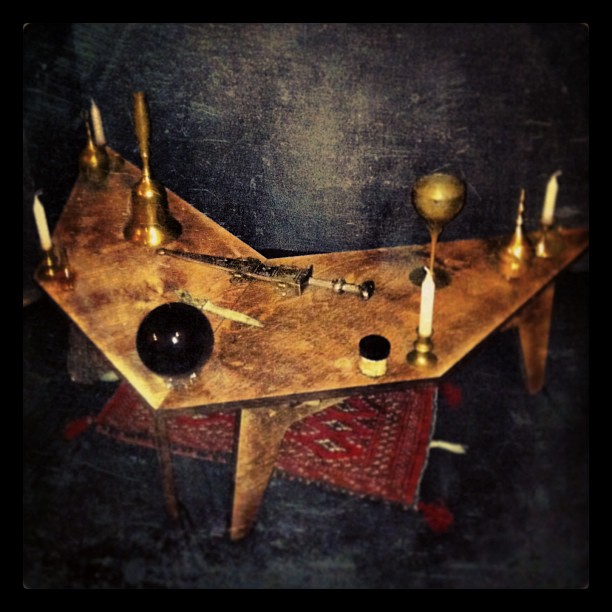
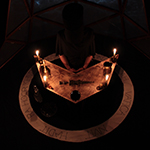
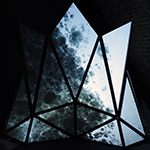
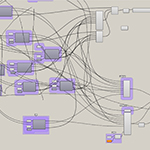
 Share Article
Share Article 









